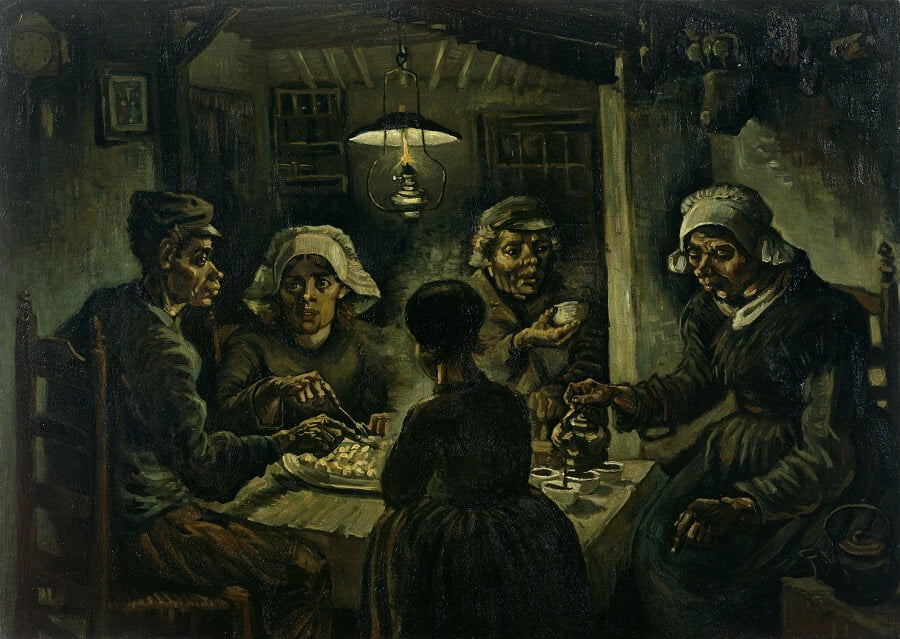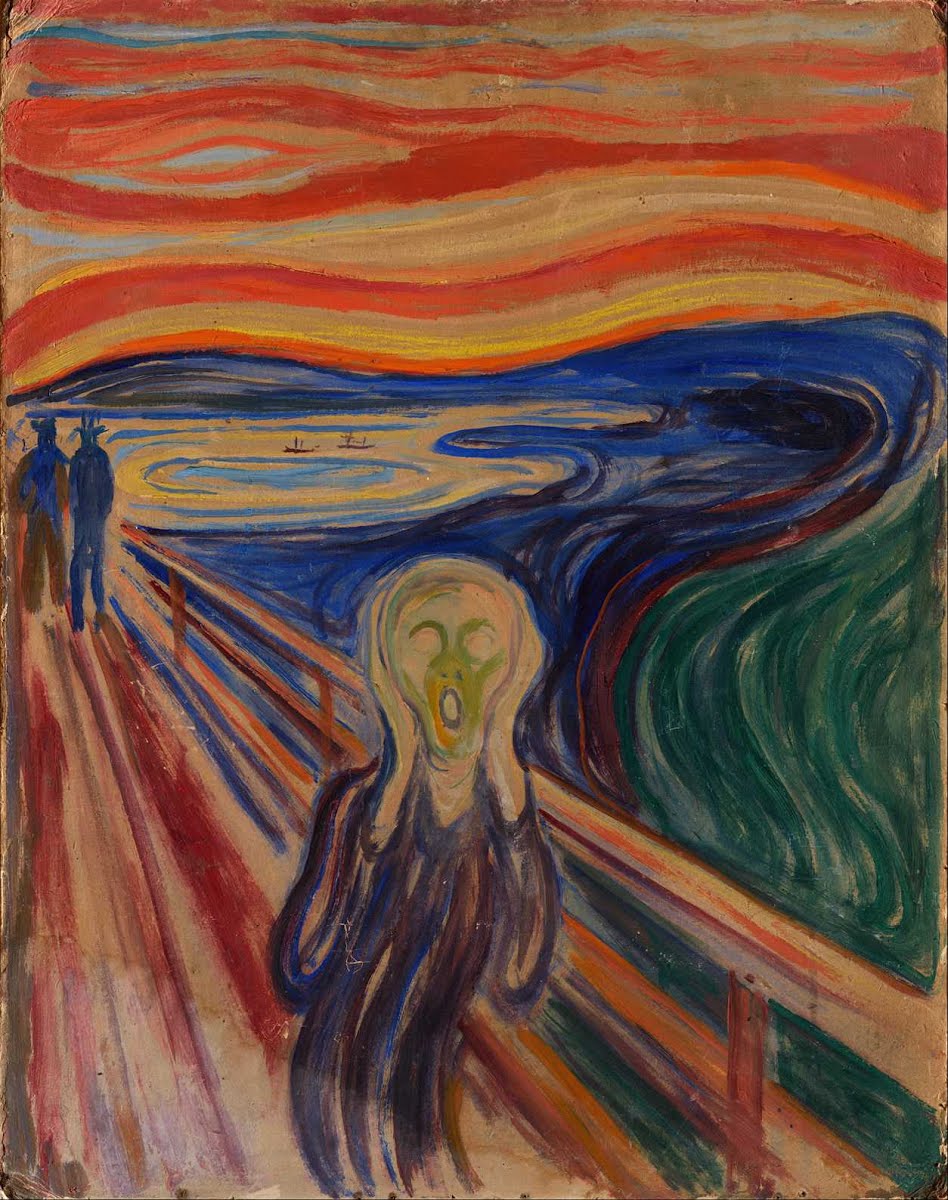It is an artistic style in which an artist tries to depict subjective emotions rather than objective reality. It is a response from the artist to the events or the objects which have aroused his emotions. Most artists try to accomplish this by satire, distortion, exaggeration, primitivism, and fantasy. Although, they can also use vivid colors, monochrome techniques, or extravagant colors for fulfilling their aims.
It was one of the main currents in the early last 19th century and early 20th century. The qualities of these arts are highly subjective, spontaneous, personal, self-expression, and their outlook towards the outer world. It was a typical choice for the early expressionist artists.
An style from the past
When we dig deeper, we find that expressionism was a part of artistic endeavor in the European middle age. We can see these art forms in times of economical crisis and spiritual changes. It was a major influencing factor in the art of France and Germany.
Moreover, it takes the real turn in the early 20th century in the countries like France, Italy, Austria, Germany, and Russia. It was a wave before First World War and it turn out to be one of the greatest movements and completely congested art techniques of that time.
Birth and development of expressionism
Some of the most important expressionist painters of the late 19th century were Vincent van Gogh, James Ensor, and Edvard Munch. Each of these artists evolved the highly personal style of expressionism between the time periods of 1885-1900. They used the colors and lines for the expression of very dramatic, emotional themes, and to convey the feeling of horror, fear, grotesque, hallucination, etc. they used the unconventional style to convey their messages which in turn be known as an expressive art that represent events, nature, and emotions or state of mind in a more subjective way.
Starry Night by Vincent van Gogh

One of the most important and extremely famous artworks of these artists was the ‘Starry Night’ by Vincent van Gogh. Gogh painted it in 1889, while he was in an asylum. He showed a sign of recovery from occasional paranoia. It was the time when he was showing recovery which is why he got his own studio for the paint and reading.
Unfortunately, he relapsed and began to suffer hallucinations and have thoughts of suicide. He created ‘Starry Night’ in Asylum. Earlier in his career, he used a darker tone in his paintings but this was a shift from those earlier works. This painting was dominated with blue color while blending with yellow and green creating an almost dream-like scene.
Potato Eaters by Vincent van Gogh
Potato eaters is an expressionist painting created by van Gogh. He deliberately chose a complex composition to establish his authority in the art. He created it to show the harsh reality of peasant life so he decided to show weak and thin hands with bony faces. Initially, art critics called it a weak painting and pointed out many mistakes but with time it becomes one of the most sought-after paintings of Gogh.

‘The Scream’ by Edvard Munch
Edvard Munch created ‘The Scream’ in 1893. It is a symbolic representation of anxiety in humans. Hallucinating textures dominated the background as well as a scene full of human negative emotions. One of 4 versions made using pastel was sold at $120 million in 2012.
Christ’s Entry Into Brussels in 1889, was one of the most important works of James Ensor’s career.

Dawn of Die Brücke
In 1905, Ernst Ludwig formed a loose association Dies Brücke (The Bridge). It was a group of artists who were revolting against superficial naturalism and impressionism. These artists namely, included Erich Heckel, Karl Schmidt-Rottluff, and Fritz Bleyl were eager to re-infuse German art with spiritual eagerness. They were trying to do this in an elemental, highly persona, and spontaneous way. Later on, Emil Nolde, Max Pechstein, and Otto Muller joined this group.

They were interested in the expressionist arts of the late 19th century as well as a new form of combinations.
They soon developed a style that has boldness, harshness, intensity, and many vivid colors. These artworks were having jagged lines, distorted and rough brush works, randomness with the color applications. With an emotionally charged atmosphere with very agitated compositions. These artworks were conveying frustration, agitation, anxiety, disgust, violence, discomfort, sometimes ugliness, and contradictions in the modern world. Jagged lines and harsh tonal contrast were the most used media of those German expressionists.
Expressionism expansion in Europe and its importance
The works and environment created by the Die Brucke group engulf the entire Europe. The expansion was rapid and it accelerated in artists’ works of that time. For instance, Oskar Kokoschka and Egon Sciele of Austria adopted angular lines and extremist brushwork. In France, artists such as Georges Rouault & Chaim Soutine developed their painting styles marked by intense emotional expressions and violent distortion of figural subject matter.

Expressionism was dominant in Europe after First World War due to the mass migration, alienation, cynicism, and post-war depression. Expressionism evolved through neo-expressionism and Abstract expressionism. Highly emotional qualities of expressionism were shared by the many art movements in the 20th century.

Vikash Kalra is a self-taught artist & writer based in New Delhi whose work has been exhibited across India and is held in several private and corporate collections.
https://www.vikashkalra.com/web/
Leave a Reply